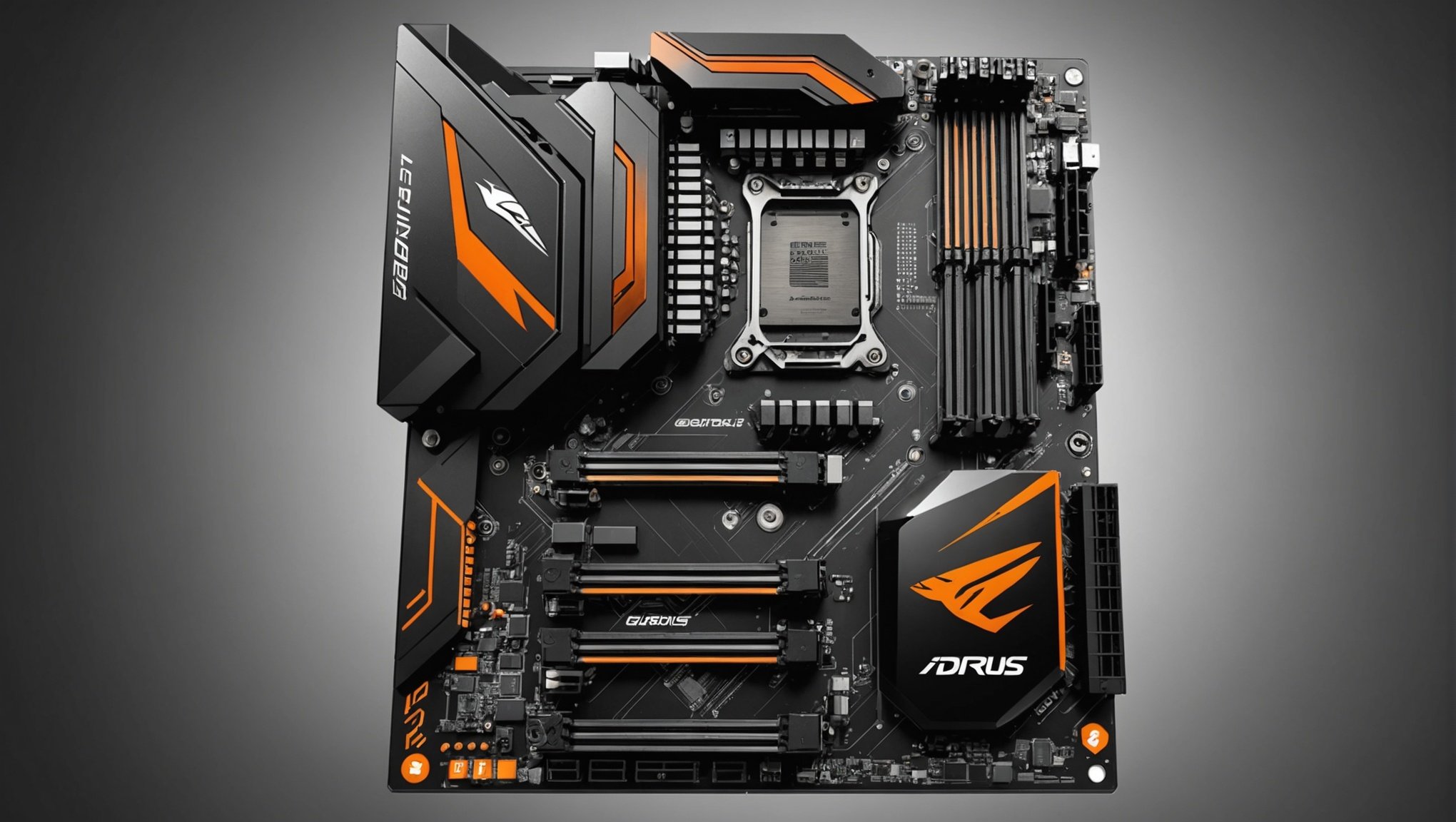Blender has become a cornerstone for 3D modeling and rendering enthusiasts and professionals alike. The Gigabyte AORUS 15G, with its robust hardware, is a popular choice for those delving into this intricate world. However, to fully harness its potential, a few optimizations are essential. This guide will provide you with the know-how to transform your Gigabyte AORUS 15G into a rendering powerhouse for Blender.
Understanding the Hardware Capabilities of the Gigabyte AORUS 15G
Before diving into the optimizations, it is essential to understand the hardware you are working with. The Gigabyte AORUS 15G is a gaming laptop equipped with high-end components that are also suitable for rendering tasks.
In the same genre : How to establish an efficient home automation system using a Google Nest Hub and multiple smart devices?
The NVIDIA GeForce RTX 3070 or RTX 3080 GPU, depending on the model, is the heart of this machine’s rendering power. Coupled with an Intel Core i7 or i9 processor, this laptop can handle intensive tasks, but to truly excel in Blender, these components need to be leveraged effectively.
The AORUS 15G also comes with 16GB or 32GB of DDR4 RAM and a fast NVMe SSD for storage. While these specifications are commendable, their configuration can significantly impact rendering efficiency. Ensuring that your hardware is not just capable but also optimized, will set a solid foundation for the subsequent steps.
Also to read : What are the steps to install and configure an external GPU on a MacBook Air for enhanced graphics performance?
Optimizing GPU Settings for Blender
The GPU is the most critical component when it comes to rendering in Blender. The NVIDIA GeForce RTX 3070 or RTX 3080 in your AORUS 15G packs a punch, but some tweaks can make it even more efficient.
Updating Drivers
The first step in GPU optimization is ensuring that your drivers are up-to-date. NVIDIA frequently releases driver updates that include performance improvements and bug fixes. Visit the NVIDIA website and download the latest version of the GeForce Game Ready drivers.
Adjusting Blender Settings
Within Blender, navigate to the Preferences menu and select the System tab. Here, you can select CUDA as your compute device and choose your NVIDIA GPU. This enables Blender to use the GPU for rendering instead of the CPU, significantly speeding up the process.
Overclocking
Overclocking your GPU can provide a performance boost, but it must be done cautiously. Use software like MSI Afterburner to increase your GPU clock speed and memory. Monitor the temperatures and ensure the system remains stable. Overclocking can shorten the lifespan of your GPU if not done correctly, so proceed with caution.
Configuring the CPU and RAM for Optimal Performance
Rendering is not solely reliant on the GPU; the CPU and RAM also play crucial roles. Optimizing these components can lead to smoother and faster rendering processes.
CPU Multiprocessing
Blender allows you to utilize your CPU’s multiple cores for rendering. Head to the Preferences menu, then to the System tab, and enable Threads. Set the number of threads to match the number of cores in your CPU. This ensures all cores are being used, maximizing your CPU’s potential.
RAM Configuration
Blender can be memory-intensive, especially with complex scenes. Ensure that Blender has access to as much RAM as possible. Closing unnecessary applications and processes can free up RAM.
Virtual Memory
If your render scenes are exceptionally large, you might run out of physical RAM. Configuring virtual memory can help. Go to the System Settings on your laptop, navigate to Advanced System Settings, and under the Performance section, adjust the virtual memory settings to ensure you have an adequate page file size.
Managing Storage for Efficient Workflow
Storage speed and management are often overlooked, but they play a vital role in rendering efficiency. The NVMe SSD in your Gigabyte AORUS 15G is fast, but optimizing its usage can further streamline your workflow.
File Management
Proper file management can significantly reduce the time Blender takes to open and save projects. Organize your project files and keep them on the SSD. Avoid working from external drives, as they are generally slower.
Disk Cleanup
Regularly clean your disk to ensure there is always ample free space on your SSD. Use tools like Disk Cleanup or third-party applications like CCleaner to remove temporary files and other unnecessary data.
Defragmenting
While SSDs do not need defragmentation like traditional hard drives, running a tool like the Windows built-in Optimize Drives can help maintain peak performance.
Software and System Tweaks for Enhanced Performance
In addition to hardware optimizations, several software and system tweaks can improve Blender’s rendering efficiency on your AORUS 15G.
Power Settings
Ensure your laptop is set to high-performance mode. Go to Control Panel, then Power Options, and select the High Performance plan. This ensures your CPU and GPU are running at their peak performance.
Background Processes
Background processes can consume valuable resources. Open the Task Manager and disable unnecessary startup applications. This frees up CPU, RAM, and disk usage for Blender.
Software Updates
Keeping Blender and your operating system updated is crucial. Updates often include performance improvements and bug fixes that can enhance rendering efficiency.
Blender Add-ons
Consider using Blender add-ons that optimize rendering. Add-ons like E-Cycles can significantly speed up rendering times by optimizing Blender’s Cycles render engine.
Optimizing your Gigabyte AORUS 15G for efficient rendering in Blender involves a combination of hardware tweaks, software configurations, and smart practices. By ensuring your GPU, CPU, RAM, and storage are all working in harmony, you can achieve faster and more efficient rendering results. From updating drivers and managing virtual memory to configuring Blender settings and leveraging add-ons, each step contributes to a more seamless and productive workflow. With these optimizations, your AORUS 15G will be a formidable tool in your rendering arsenal, capable of handling even the most complex Blender projects with ease.











